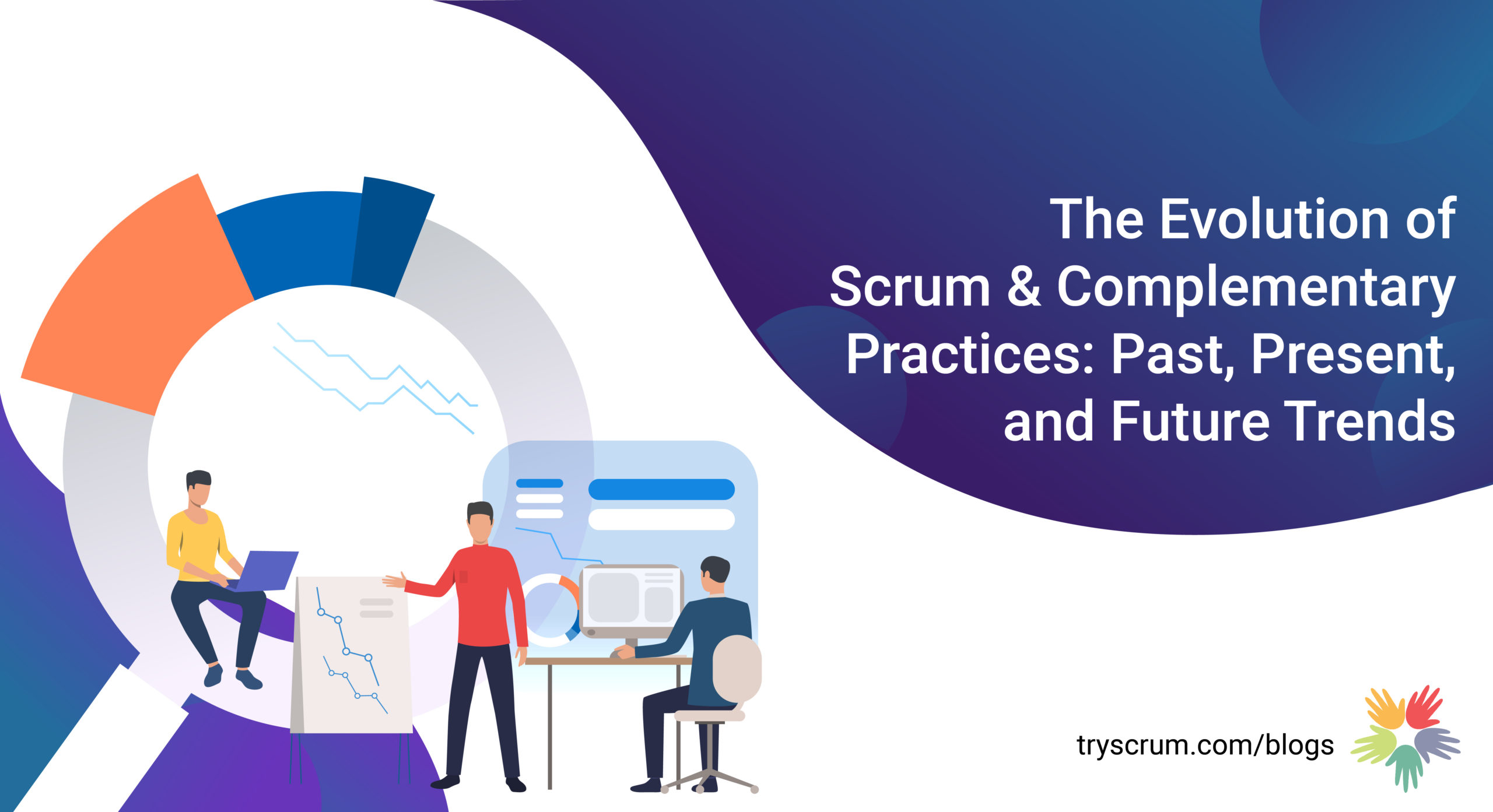
The Lost Essence of User Story Estimation in Agile
In the dynamic world of Agile software development, the concept of user story estimation was initially crafted as a compass, guiding teams in expressing the effort required to transform a Product Backlog item into tangible value. However, as time has passed, certain practices within the Agile industry have caused this compass to lose its true north. Let’s explore three common pitfalls in user story estimation using analogies that resonate with software teams.
Comparing Story Points Across Teams: The Fruit Salad Fallacy
Imagine you’re at a potluck dinner and ask attendees to rate the sweetness of their fruit contributions on a scale from 1 to 10, with ten being the sweetest. One person may rate their watermelon as an 8, while another rates their grapes as a 7. Does this mean watermelon is universally sweeter than grapes? Of course not! The sweetness scale lacks consistency across different fruits, as story point scales can vary significantly between software teams.
In Agile, every team is like a unique fruit salad composed of different skills, experiences, and contexts. Comparing story points between teams is akin to comparing the sweetness ratings of fruits—a seemingly objective number that means different things to different people. Rather than fixating on numeric comparisons, Agile encourages teams to focus on collaboration, adapting their estimation methods to their specific mix of “fruits.”
Normalizing Story Points: The Weather Forecast Folly
Imagine you’re a meteorologist trying to predict the weather for a city that experiences four distinct seasons. To create a long-term forecast, you calculate the average temperature for the entire year and predict that every day will be close to that average. However, this approach needs to account for the nuances of each season or the daily fluctuations that occur within them.
Similarly, normalizing story points by calculating averages in Agile can lead to misleading forecasts. Averaging assumes that all work is uniformly predictable, overlooking software development’s inherent variability and complexity. Agile teams are like ever-changing seasons, with each sprint bringing new challenges and discoveries. Embracing this variability rather than relying on rigid averages helps teams adapt and make informed decisions based on their unique circumstances.
Adjusting Story Points for Team Member Variables: The Road Trip Conundrum
Imagine you’re planning a cross-country road trip with friends. To estimate the duration, you consider factors like road conditions, speed limits, and rest stops. However, you also factor in the possibility of one friend needing to use the restroom frequently or another wanting to explore every roadside attraction. In that case, your estimated travel time becomes inflated and less accurate.
In Agile, adjusting story points based on team member variables, such as leave plans or availability, can lead to similar inaccuracies. Story points are designed to encapsulate a task’s inherent complexity and risk. Adjusting them excessively for external factors disrupts the true estimation process, much like accounting for excessive rest stops would disrupt your travel time estimate.
Conclusion
User story estimation in Agile is not a one-size-fits-all approach but rather a flexible framework that accommodates the unique characteristics of each software team. Comparing story points across teams, normalizing them with averages, and excessively adjusting them for external variables can divert our focus from Agile’s core principles of collaboration, adaptability, and delivering value.
So, as software teams navigate the Agile landscape, let’s remember that the essence of Agile lies in teamwork and value delivery, not in becoming slaves to metrics. By removing these pitfalls, we can ensure that user story estimation remains a valuable compass, guiding us toward successful product development journeys by spending less time on estimation and focusing more time on value.




